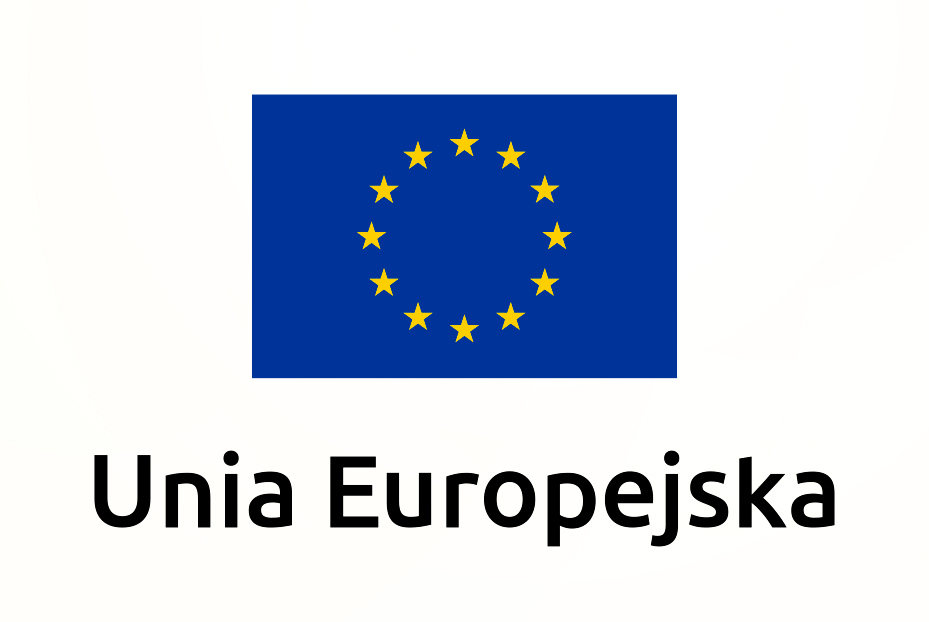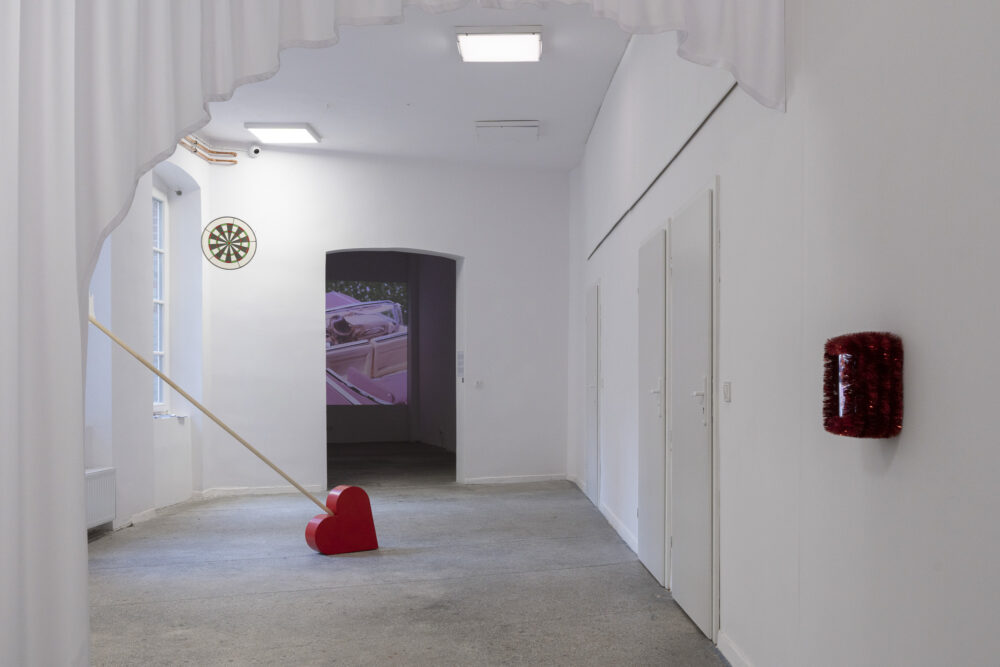Who does capital-A art belong to and why is it contested? What norms and canons considered as art-genic exclude artists with disabilities? How does 'disability' as a subject, perspective and mode of functioning revolutionise artistic practices and spaces?
Persons with disabilities constitute the largest and most diverse minority in the world. Unfortunately, the art world is one sphere that both systemically excludes artists with disabilities and (re)stigmatises 'disability' through its dominant norms and canons. During the lecture, the most important features and goals of crip art will be mapped out, using as examples the work of selected artists with disabilities from the global South and the global North. We will focus on how this important art activism trend redefines the dominant discourses and practices in art and what results from it.
Magda Szarota - researcher in disability studies, human rights activist, photographer. Graduate of the School of Social Sciences at the Polish Academy of Sciences and Lancaster University, UK. Scholarship holder of Yale University and the Kosciuszko Foundation, among others. Co-founder of the first association of women with disabilities in Poland (2004). Co-founder of Humanity in Action Poland, an award-winning NGO that was one of the first in Poland to address the issue of disability in the context of human rights activism. Member of the Article 6 collective. Author and co-author of articles, reports, books, and campaigns on disability, activism/artivism and human rights.


